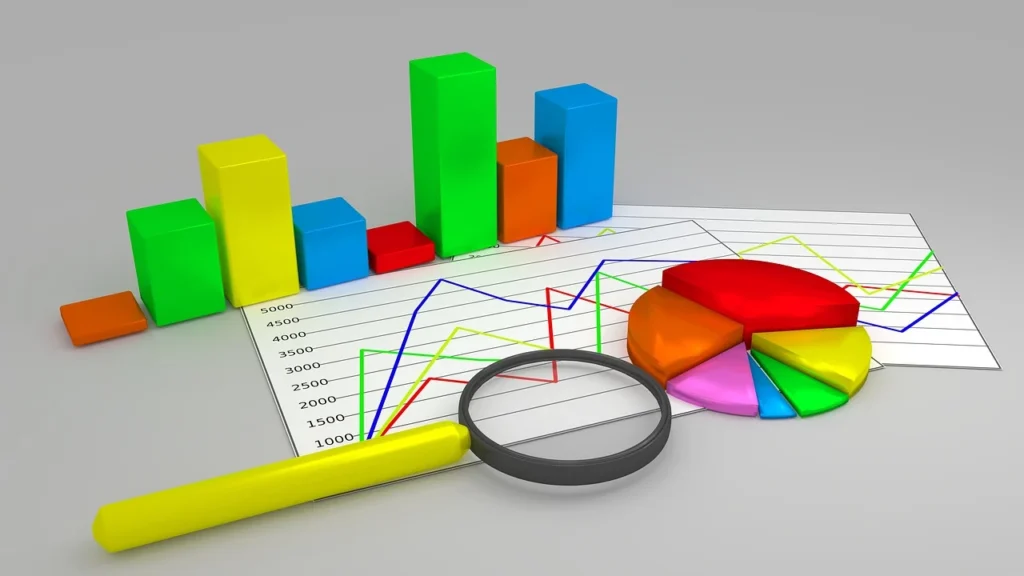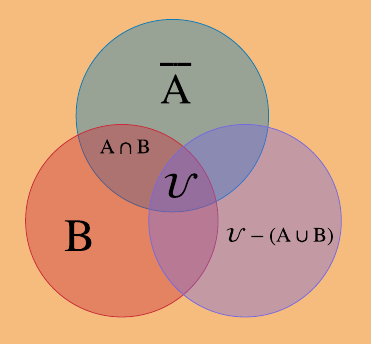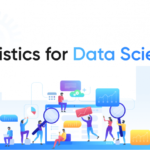Data science is a booming field that deals with extracting insights and knowledge from data. A number of data science career opportunities like clinical data science, environmental data science, pharmaceutical data science, biotech data science, and healthcare data science keeps emerging with lucrative salaries. In such scenario, adopting data science as a career or transitioning to it from some other jobs is natural inclination. Though many people get stuck in how to learn this field, especially wonder if they need to be a math whiz to excel in this field.
In this article, we’ll explore whether math is necessary for data science, how much math is required for data science, and how you can learn them.
Do You Need Math for Data Science?
You don’t need to be a math genius to become a data scientist, but having a good grasp of certain mathematical concepts can definitely give you an edge. Math serves as the foundation for understanding various algorithms, models, and statistical techniques used in data science.
Now comes the next and most frequently asked question: how much math is required for data science?
How much Math is required for Data Science?
A solid understanding of fundamental math concepts such as linear algebra, calculus, probability, and statistics is essential for data science. These mathematical principles serve as the backbone for various data manipulation techniques, machine learning algorithms, and statistical analyses used to derive insights from data.
Following are the topics essential for data science discussed in detail:
Which Math Topics Are Essential for Data Science?
1. Linear Algebra
Linear algebra forms the basis of many data manipulation and machine learning techniques. Understanding concepts such as vectors, matrices, and matrix operations is crucial for data scientists.
- Vectors and Matrices:
- Example: In natural language processing (NLP), documents can be represented as vectors in a high-dimensional space, where each dimension corresponds to a unique word. Matrices are then used to represent collections of documents, enabling various analyses such as document similarity and topic modeling.
- Matrix Operations:
- Example: Principal Component Analysis (PCA), a dimensionality reduction technique, utilizes matrix operations like eigenvalue decomposition to find the orthogonal axes of maximum variance in a dataset, enabling efficient data compression and visualization.
2. Calculus
Calculus is essential for understanding optimization algorithms and functions of multiple variables, which are prevalent in machine learning and statistical modeling.
- Derivatives:
- Example: In logistic regression, derivatives are used to update model parameters iteratively through gradient descent, minimizing the cost function and improving the model’s predictive performance.
- Integration:
- Example: In Bayesian inference, integration techniques such as Markov Chain Monte Carlo (MCMC) are employed to approximate complex posterior distributions, enabling probabilistic modeling and uncertainty quantification in data analysis.

3. Probability and Statistics
Probability theory and statistics provide the tools necessary for understanding uncertainty, making inferences from data, and evaluating model performance.
- Probability Distributions:
- Example: Gaussian (normal) distribution is commonly used to model continuous variables in data science applications, such as predicting housing prices based on features like square footage and number of bedrooms.
- Hypothesis Testing:
- Example: A/B testing in digital marketing involves comparing the performance of two versions (A and B) of a webpage or advertisement using statistical hypothesis tests like t-tests or chi-square tests to determine if there is a significant difference in user behavior or conversion rates.

4. Discrete Mathematics
Discrete mathematics provides the foundation for designing algorithms and analyzing discrete structures like graphs and networks, which are prevalent in various data science applications.
- Graph Theory:
- Example: In social network analysis, graph theory is used to model relationships between individuals or entities, and algorithms like PageRank are employed to identify influential nodes or communities within the network.
- Combinatorics:
- Example: In combinatorial optimization problems like the traveling salesman problem, combinatorial techniques are used to efficiently explore all possible solutions and find the optimal route for visiting a set of cities exactly once.

5. Differential Equations (Optional)
While not as frequently encountered as the previous topics, understanding differential equations can be beneficial for certain advanced applications in data science, such as modeling dynamical systems and time series analysis.
- Ordinary Differential Equations (ODEs):
- Example: In epidemiological modeling, ODEs are used to describe the spread of infectious diseases over time, allowing researchers to simulate different intervention strategies and predict future outbreak scenarios.
How to Learn Math for Data Science?
1. Online Courses
Online courses offer structured learning experiences with video lectures, quizzes, and assignments, making them an excellent choice for beginners and those seeking a guided learning path.
- Coursera:
- Courses: “Mathematics for Machine Learning” by Imperial College London covers essential math topics with a focus on applications in machine learning.
- Features: Interactive quizzes, peer-graded assignments, and a forum for discussion and collaboration with peers and instructors.
- edX:
- Courses: “Essential Mathematics for Artificial Intelligence” by Microsoft provides a comprehensive overview of math concepts relevant to AI and data science.
- Features: Self-paced learning, hands-on labs, and access to course materials from top universities and industry experts.
2. Books
Books offer in-depth explanations and examples, allowing learners to study at their own pace and reference material as needed.
- “Introduction to Linear Algebra” by Gilbert Strang:
- Features: Clear explanations, real-world examples, and exercises with solutions for self-assessment.
- Suitability: Suitable for beginners and intermediate learners seeking a solid understanding of linear algebra concepts.
- “Calculus: Early Transcendentals” by James Stewart:
- Features: Comprehensive coverage of calculus topics, including derivatives, integrals, and multivariable calculus, with practical applications in science and engineering.
- Suitability: Ideal for learners with a basic understanding of calculus or those looking to deepen their knowledge.
3. Interactive Platforms
Interactive platforms combine theoretical learning with hands-on practice through coding exercises and projects, facilitating active learning and skill development.
- Kaggle:
- Features: Datasets, notebooks, and competitions for practicing data science skills, including math concepts like linear algebra and probability.
- Suitability: Suitable for learners at all levels, from beginners to advanced practitioners, looking to apply math concepts in real-world data analysis projects.
- DataCamp:
- Features: Interactive coding exercises, projects, and courses covering math topics relevant to data science, such as statistics, probability, and optimization.
- Suitability: Designed for learners with some programming experience seeking to strengthen their math skills for data analysis and modeling.
4. YouTube Channels
YouTube channels offer free video tutorials and lectures on various math topics, providing visual explanations and demonstrations for easier understanding.
- 3Blue1Brown:
- Content: Visually appealing explanations of math concepts, including linear algebra, calculus, and probability, using animations and illustrations.
- Suitability: Suitable for visual learners and those seeking intuitive explanations of complex mathematical concepts.
- Khan Academy:
- Content: Concise video tutorials on a wide range of math topics, from basic arithmetic to advanced calculus and statistics, suitable for learners of all levels.
- Suitability: Ideal for self-paced learning and supplementing textbook or course materials with additional explanations and examples.
Conclusion:
Mathematics forms the backbone of data science, enabling practitioners to understand, analyze, and interpret data effectively. While a strong mathematical background is not a prerequisite for entering the field, acquiring proficiency in key math topics can greatly enhance your ability to tackle complex data-driven challenges. With the abundance of online resources available, learning math for data science has never been more accessible.
So, roll up your sleeves, dive into the world of numbers, and unlock the secrets hidden within data!



